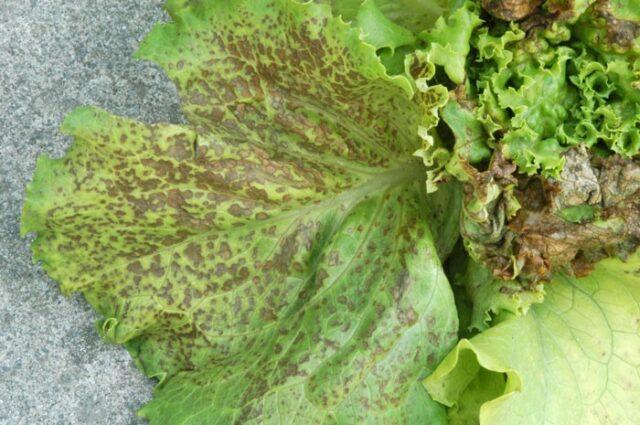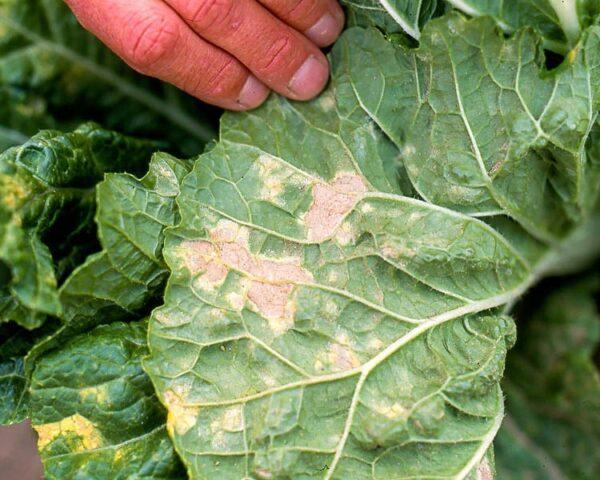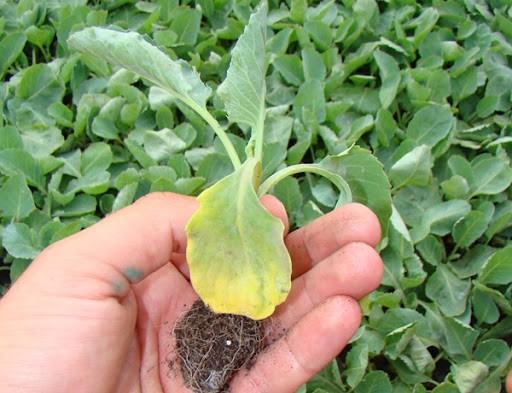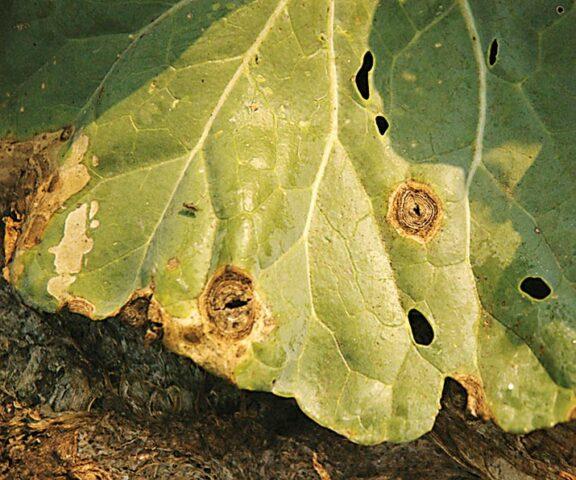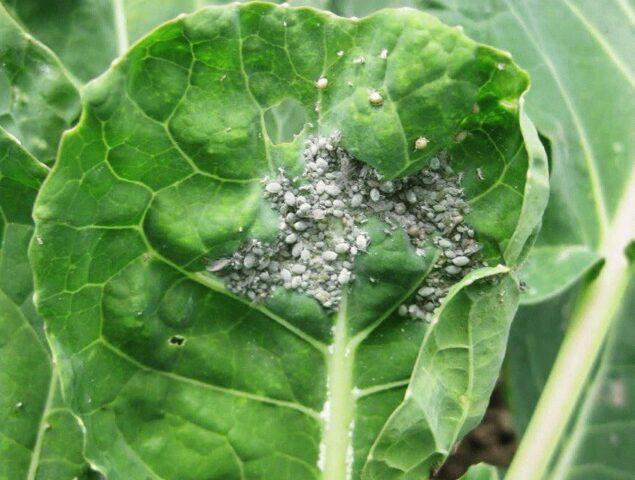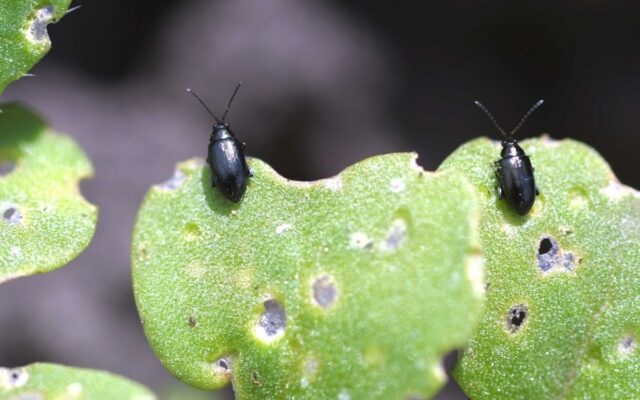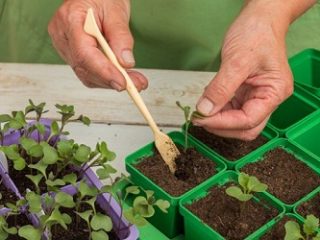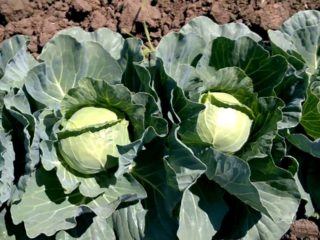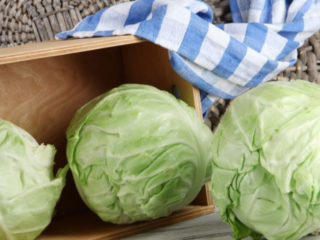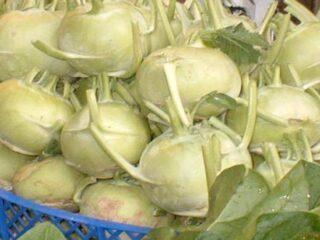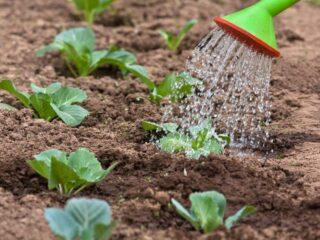Content
Not everyone practices growing cauliflower in open ground; some gardeners stop planting it after an unsuccessful attempt. This is a hypoallergenic vegetable, which pediatricians recommend to be one of the first to be introduced into complementary foods for children. To provide yourself and your loved ones with healthy inflorescences, it is important to know the secrets of growing cauliflower in open ground.
Growing conditions
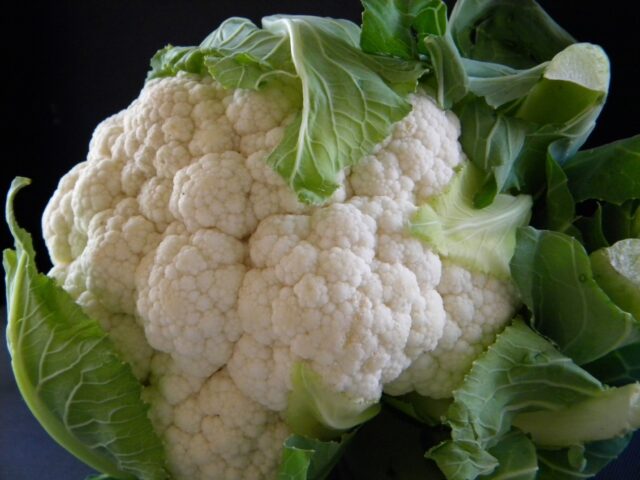
Important stages in the cultivation of cauliflower - timely sowing and compliance with planting conditions
This vegetable loves moist, humus-rich soils. Good precursors for growing cauliflower in open ground are: onions, tomatoes, legumes, potatoes, cucumbers, and beets.
It is not recommended to grow crops in the place where they previously grew: radishes, turnips, cabbage, radishes, rutabaga.
In order for the culture to grow and develop well, the ambient temperature should not exceed +15…22ᵒС.In hotter climates, it is recommended to shade the beds.
When to plant cauliflower in open ground
Cauliflower is sown directly into the ground in early May. By this time, the threat of frost has passed, and the soil has warmed up to the required temperature.
Cabbage can sprout first shoots at a temperature of +5ᵒС.
How to plant cauliflower seeds in open ground
Most gardeners prefer to grow this vegetable crop using seedlings. In the southern regions, early and mid-ripening varieties can be sown directly in open ground.
Soil preparation
The beds intended for growing cauliflower are dug up in the fall using a spade, having previously distributed fertilizer over them, per 1 m2:
- potassium chloride – 15 g;
- superphosphate – 30-40 g;
- compost or manure – 4-6 kg.
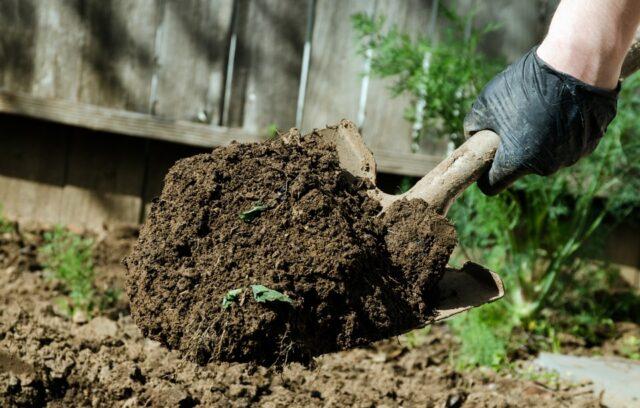
Soil for growing dietary products is prepared in the fall
Before sowing seeds, it is also recommended to apply fertilizer to each square meter:
- nitrophoska – 15 g;
- superphosphate – 20 g;
- wood ash – 200 g;
- urea – 25 g.
3-5 days before sowing the seeds, the bed is warmed up by stretching spunbond or black plastic film.
Seed treatment
Pre-sowing seed treatment includes several stages. Compliance with each of them is the key to a good harvest when growing in open ground.
Calibration
Select large, uniformly sized seeds. To separate those unsuitable for sowing, they are placed in a jar of salt water and stirred. After a few minutes they look. Those seeds that float to the surface should be discarded.
Heat treatment
Heat treatment can be carried out in two ways:
- Pour cabbage seeds into a sieve and scald them with boiling water.
- Planting material is placed in a thermos. Pour in hot water (temperature +50ᵒC) and leave for 15 minutes.
Regardless of the method of heat treatment, the seeds should be cooled for a minute in cold water. This procedure saves the planting material from viruses that hide under the shell, and the cabbage from bolting.
Soak
Seeds can be soaked in clean water before planting in open ground. But experienced gardeners recommend using Fitosporin solution.
Cold heat treatment
When the seeds hatch, they are thoroughly washed and placed in the refrigerator. They are kept at a temperature of +5ᵒC for 24 hours. To increase the stability of the seeds, they are placed in heat for a day, then the procedure is repeated with the refrigerator.
Scheme for planting cauliflower in open ground
Planting cauliflower in open ground with seeds is carried out according to the 35x50 cm scheme. The first size is the distance between the bushes of the crop, the second is the width of the rows.
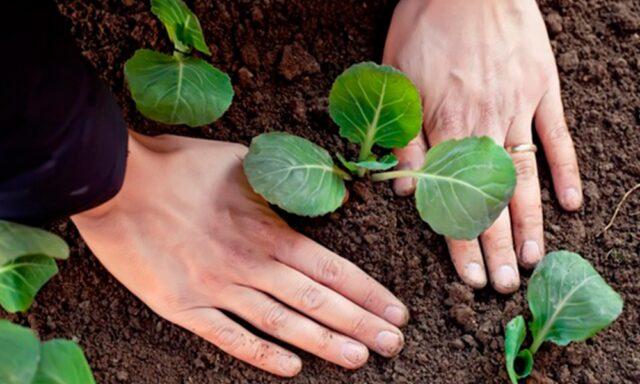
Depending on the variety, the scheme for planting vegetables in open ground can vary - 25-35x60-70 cm
How to care for cauliflower in open ground
The technology for growing cauliflower in open ground is practically no different from white cabbage. She also needs to ensure timely watering, weeding, fertilization, and treatment against diseases and pests. Only in this case, all manipulations are performed more carefully and thoroughly.
Watering
When grown in open ground, cabbage requires regular soil moisture. Watering is carried out every week.If precipitation has fallen and the soil has been saturated to a sufficient depth, it is better to abandon the procedure. Excessive moisture can provoke the development of fungal diseases.
Loosening and hilling
The next day after watering, the soil should be loosened without driving the garden tool too deep. It is recommended to combine the procedure with weeding, while simultaneously removing weeds from the beds.
During the growing season, vegetable hilling is carried out three times:
- If cabbage is grown in seedlings, the first hilling is carried out 10 days after planting in open ground.
- The procedure is repeated a week after the inflorescences begin to form.
- A third hilling is not necessary. It is necessary if the cabbage bush falls over.
Shading
Although cauliflower is a light-loving plant, the heads are denser if grown in the dark. The crop is shaded with 2-3 plucked lower leaves, or several leaves are collected above the inflorescence and tied together.
The breeders managed to ensure that the leaves closest to the head lay on the inflorescence and completely cover it from sunlight. This eliminates the need for gardeners to shade plants when growing dietary products in open ground.
Top dressing
Growing in open ground requires 3-4 feedings per season:
- The first procedure is carried out no later than 20 days after transplanting the seedlings into open ground. It is recommended to use mullein solution. Dissolve 0.5 liters of the composition in a bucket of water. 0.5 liters of solution is poured under each bush.
- The second feeding is carried out after 10 days. The solution is prepared according to the same scheme, but add 1 tbsp. l. complex fertilizer Kristalin. This time, 1 liter of solution is poured under each cabbage bush.
- The third time the culture is fed during the period of active formation of heads. Mineral fertilizers are most often used. For example, if it is Nitrophoska, dissolve 2 tbsp in 10 liters of water. spoons. Feeding consumption – 6-8 l/m2.
Fertilizers are applied for the fourth time 1.5-2 weeks after the third, using any mineral complexes.
Protection from diseases and pests
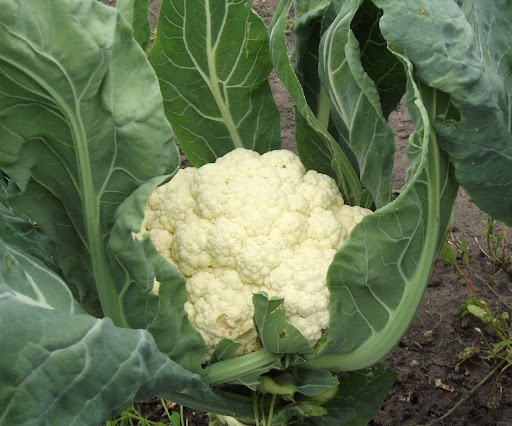
Growing cauliflower in open ground is associated with a high risk of developing a viral or fungal disease
The vegetable is attacked by pests and is affected by viral, bacterial and fungal infections.
In open ground, the following diseases most often affect the plant:
- Mosaic. The disease manifests itself as lightening of the veins on the leaf blades. Later, the leaves become wrinkled, and a dark border is visible around the veins.
- Downy mildew is characterized by the appearance of depressed spots. If the weather is damp outside, the leaves gradually become covered on the outside with whitish dots.
- Fusarium penetrates the vascular system of cauliflower, after which the leaf blades turn yellow-green and then completely fall off.
- Vascular bacteriosis. Progresses when grown in open ground during periods of prolonged rains. Traces of wilting appear on the leaf blades, and black rot appears on the heads.
- Kila. With this disease, cones form on the cauliflower root system, which leads to rotting. Plants stop receiving nutritional components from the soil, and the crop dries out.
- Alternaria blight appears as dark brown and black spots on the leaves.
To reduce the risk of diseases when growing in open ground, experts recommend observing crop rotation and strictly maintaining a distance before planting cauliflower seeds. If it was not possible to prevent the plant from being damaged by fungal or viral infections, treatment should be started in a timely manner by first removing the affected specimen from the garden bed and treating the remaining ones with fungicides.
Pests that most often attack cauliflower when grown in open ground:
- Cabbage moth, cutworm and white moth - the caterpillars of these parasites bite into leaves and inflorescences, leaving only veins.
- Cabbage aphids not only suck the juices out of cabbage, but also infect it with viral diseases.
- The cabbage fly lays eggs at the bottom of the head of cabbage and in the soil. The larvae develop quickly, infect the root, after which the plants die.
- Cruciferous flea beetles eat the leaves of young plants.
Pest control when growing in open ground is carried out using folk and chemical means. It all depends on the degree of damage to the culture.
Secrets of growing cauliflower in open ground
To get a good harvest of cauliflower, you should take into account the peculiarities of its cultivation in open ground.
5 secrets for growing a dietary product in your own beds:
- Choice of variety. Experts recommend choosing varieties that are resistant to most diseases. These are hybrid forms marked F. The most popular of them are Malimba F1, Baldo F1.
- Meeting deadlines, choosing the right place for growing. The culture prefers sunny areas; it is possible to place a bed with light shade.Crop rotation is of no small importance.
- Watering. Lack or excess of moisture will also not benefit cauliflower. To protect the root system from overheating and rapid loss of moisture, the beds are mulched with lawn grass.
- Timely application of fertilizers. Lack of nutritional components negatively affects the yield of cauliflower.
- To keep the heads white, gardeners use leaves for shading, fixing them above the heads of cabbage. Cabbage does not like to be exposed to direct sunlight.
It is not recommended to miss harvest dates. If the vegetable overgrows, the inflorescences darken, become loose, and lose their presentation.
Conclusion
Growing cauliflower in open ground is possible for gardeners of any skill level. The main thing is to strictly follow the recommendations, properly carry out the pre-sowing preparation of seeds, and properly organize the care of the plant.
